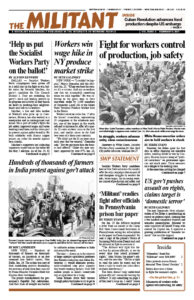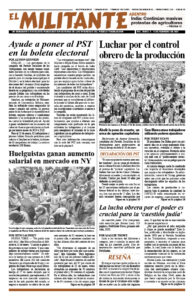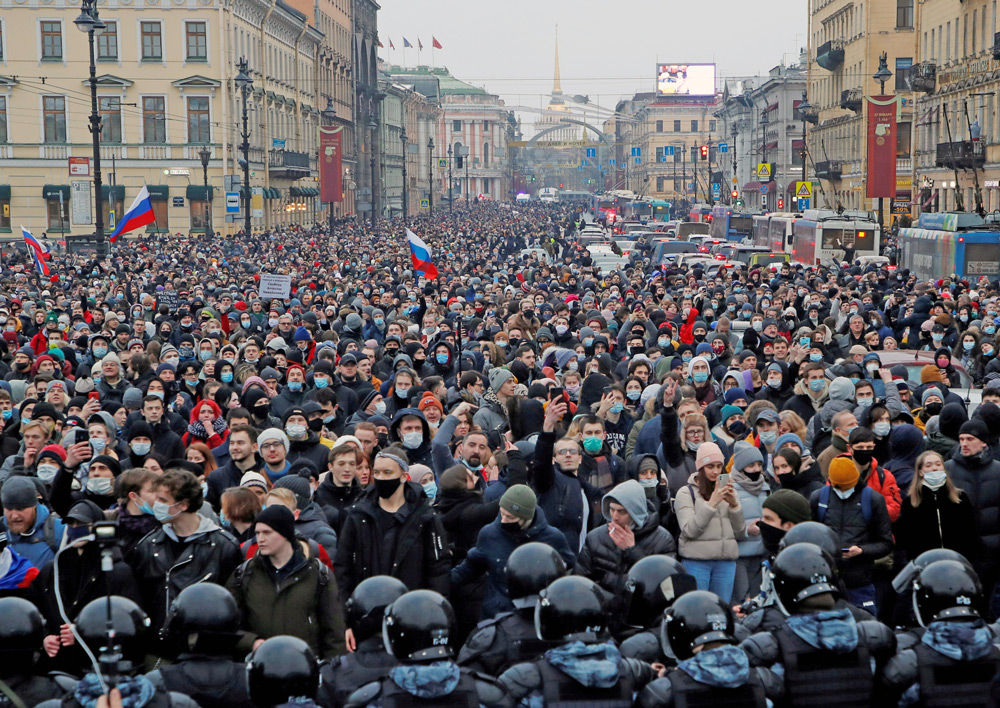Despite a brutal police crackdown, tens of thousands rallied in over 100 Russian cities across the country Jan. 23 demanding freedom for Alexei Navalny, the most prominent bourgeois opposition politician in the country, who was arrested days earlier. It was one of the biggest protests in years against the regime of President Vladimir Putin.
The actions also reflect deepening opposition to worsening living conditions, botched vaccination efforts against COVID-19, Russia’s involvement in conflicts abroad and attacks on political rights.
Vladimir, 15, who was a member of a group of schoolboys at their first protest in Moscow, told the Jan. 23 Moscow Times that demonstrators were there because of “low salaries, low pensions, the fact that the government is stealing and then lying to us.”
The day after his arrest, Navalny, who had just returned from Germany after a monthslong recovery from being poisoned with the nerve agent Novichok in Siberia, called on his followers and others to take to the streets. “Don’t do it for me, do it for yourselves and for your future,” he said. It is widely believed his poisoning was ordered by Putin.
More than 15,000 people joined rallies in Siberia and the Far East, including in Khabarovsk and Vladivostok, despite subfreezing temperatures and a heavy police presence. Khabarovsk has been the site of protests against the Kremlin’s removal of a popular local politician there months ago.
The demonstrations — including in provincial cities where such actions are rare, such as Novosibirsk, Irkutsk and Perm — spread across Russia’s 11 time zones.
More than 40,000 demonstrated in Pushkin Square in Moscow, reported Reuters. The action there and in St. Petersburg were the largest protests in about a decade. Over 3,000 people were arrested nationwide, including Maria Alekhina and two other members of the satirical performing group Pussy Riot.
Putin said Navalny was just a “pawn” in western attempts to “destabilize” Russia. In fact, Putin fears the restiveness of working people that Navalny appeals to.


